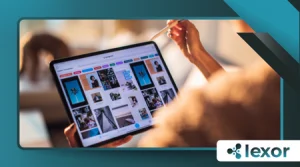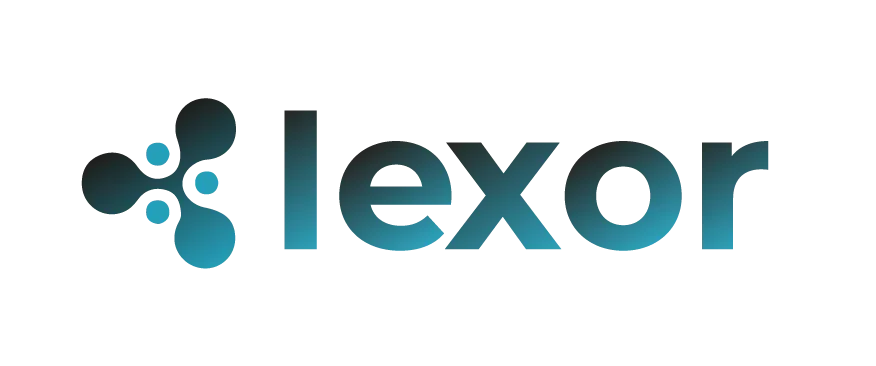The Pros and Cons of Tablets in Preschool Education

The debate over technology in early childhood education is more relevant than ever. Pros and cons of tablets in preschool education remain a polarizing topic.
With advocates praising their interactive potential and critics warning of developmental risks.
As screens become ubiquitous, parents and educators must navigate a delicate balance—harnessing technology’s benefits while safeguarding children’s natural growth.
This in-depth analysis explores both sides, offering evidence-based insights, real-world examples, and practical solutions for integrating tablets effectively.
The Rise of Digital Learning in Early Education
Preschool classrooms are no longer just about crayons and building blocks. Tablets have entered the scene, promising dynamic, personalized learning experiences.
Tablets offer adaptive learning experiences that traditional methods can’t match
A 2024 report by the National Institute for Early Education Research (NIEER) found that 72% of U.S. preschools now use tablets, up from 50% in 2021. This shift reflects broader trends in EdTech adoption.
However, not all experts celebrate this change. Some argue that excessive screen time may interfere with critical developmental milestones, such as social interaction and fine motor skills.
The key question isn’t whether tablets belong in preschool—but how they should be used to maximize benefits while minimizing risks.
Read more: Teaching Letters and Numbers with Tech: A Parent’s Guide
Advantages of Tablets in Preschool Education
1. Interactive and Personalized Learning
Tablets offer adaptive learning experiences that traditional methods can’t match. Apps like ABCmouse adjust difficulty based on a child’s progress, ensuring no student is left behind.
For example, a study by the University of London (2023) found that preschoolers using math apps improved their counting skills 20% faster than peers using physical manipulatives alone.
Still, the quality of apps matters. Not all digital content is created equal—educational value depends on intentional design and teacher guidance.

2. Accessibility for Diverse Learners
Children with learning differences benefit immensely from tablet features like text-to-speech, interactive visuals, and adjustable difficulty levels.
A preschool in Sweden reported that non-verbal autistic students began communicating more effectively using picture-exchange apps on tablets.
This inclusivity is transformative, ensuring all children—regardless of ability—can engage with learning material meaningfully.
Read more: Gamified Learning for Preschoolers: Does It Work?
3. Enhanced Engagement and Motivation
Young children are naturally drawn to bright colors, sounds, and interactive elements—features that tablets excel at providing.
In one Australian preschool, teachers observed that reluctant readers became more enthusiastic when using storytelling apps with animations and voice narration.
However, overstimulation is a risk. Without moderation, children may struggle to focus on non-digital tasks later.
4. Preparation for a Tech-Driven Future
Digital literacy is no longer optional. Early exposure helps children navigate technology confidently, a skill crucial for future education and careers.
Schools in Finland, a leader in education innovation, integrate tablets in moderation, ensuring kids learn both digital and hands-on problem-solving.
Read more about: The Role of Interactive Whiteboards in Preschool Classrooms
The Downsides: Risks of Tablet Overuse in Preschool
1. Reduced Social Interaction
Excessive screen time can limit face-to-face communication, a cornerstone of early social development.
A 2025 Harvard Study found that preschoolers with unrestricted tablet use displayed weaker nonverbal communication skills, such as interpreting facial expressions.
Teachers in Japan combat this by structuring tablet sessions as group activities, encouraging discussion rather than isolated play.
2. Fine Motor Skill Delays
Swiping and tapping don’t build the same hand strength as molding clay or threading beads.
Occupational therapists report an increase in pencil grip issues among children who use tablets extensively before mastering traditional writing tools.
Some schools now enforce “tech-free” periods where kids engage in tactile play to counteract this effect.
3. Attention Span and Cognitive Overload
Fast-paced apps with instant rewards may shorten attention spans for slower, more methodical tasks.
A Stanford Child Development Lab experiment showed that kids accustomed to tablets struggled more with patience-based activities like puzzles.
The solution? Balancing high-energy digital play with low-stimulation tasks like reading or outdoor exploration.
4. Variable Content Quality
The app store is flooded with “educational” games that prioritize flashy graphics over real learning.
Without careful curation, children may spend hours on apps that teach little. Educators recommend sticking to vetted platforms like PBS Kids or Montessori-inspired apps.
Tablets in schools have become a powerful tool for modern education, offering interactive learning experiences and instant access to vast resources.
They enhance student engagement through multimedia content, educational apps, and collaborative platforms, making lessons more dynamic.
Tablets also support personalized learning, allowing students to progress at their own pace. However, challenges like screen time management, device costs, and digital distractions must be addressed.
When integrated effectively, tablets can bridge gaps in traditional teaching, preparing students for a tech-driven world.
Schools must balance technology with pedagogy to maximize benefits while minimizing drawbacks, ensuring equitable access for all learners.
Finding the Middle Ground: Best Practices for Tablet Use
1. The 30-Minute Rule
Many experts suggest limiting tablet sessions to 30 minutes, followed by physical or social activities.
A Canadian preschool saw improved focus and behavior after implementing this structured approach.
2. Teacher-Guided Screen Time
Passive consumption is the real enemy. When teachers actively mediate tablet use—asking questions, discussing content—learning becomes more meaningful.
A pilot program in Norway found that guided sessions led to deeper comprehension than unsupervised play.
3. Hybrid Learning Models
Combining digital and hands-on activities ensures a balanced approach.
For example, after an app-based counting lesson, children might reinforce learning by sorting physical objects.
The Future of Tablets in Preschool Education
With AI tutors and VR classrooms on the horizon, the debate will only intensify.
The challenge is ensuring technology enhances—not replaces—fundamental developmental experiences.
Final Thoughts: A Call for Mindful Integration
Tablets aren’t inherently good or bad—it’s all about how we use them.
By setting clear boundaries, choosing high-quality content, and prioritizing real-world interactions, we can harness technology’s power without sacrificing childhood’s essential joys.
Frequently Asked Questions (FAQs)
Q: At what age should children start using tablets?
A: Most experts recommend waiting until age 3, with strict limits (under 1 hour daily).
Q: Are there specific apps proven to aid learning?
A: Yes, research-backed options include Khan Academy Kids, Endless Alphabet, and Mo Willems’ Storybooks.
Q: How can parents ensure responsible tablet use at home?
A: Set clear rules, co-view when possible, and prioritize interactive apps over passive videos.
Q: Do tablets replace traditional teaching methods?
A: No—they should complement, not replace, hands-on learning and social play.
